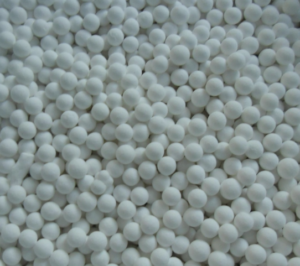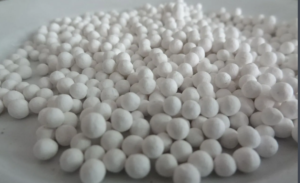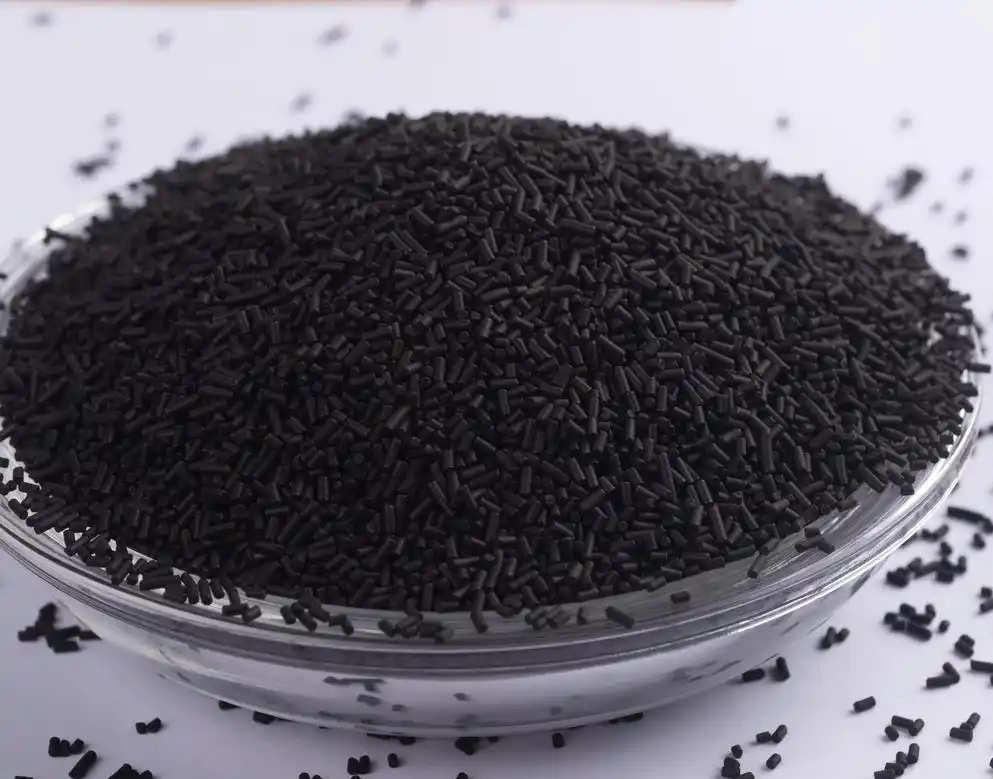What’s the performance principle of zeolite molecular sieves? Please kindly find the below three points:
1. Adsorption performance
The adsorption of zeolite molecular sieves is a physical process. The reason for the occurrence of adsorption is mainly the “surface force” generated by the molecular gravitational force acting on the solid surface. When the fluid flows through, some molecules in the fluid collide with the surface of the adsorbent due to their irregular movement, resulting in the formation of molecular concentration on the surface, reducing the number of such molecules in the fluid and achieving the purpose of separation and removal.
Since adsorption does not involve chemical changes, as long as the molecules concentrated on the surface are driven away, the zeolite molecular sieve will regain its adsorption ability. This process is the reverse of adsorption and is called desorption or regeneration.
Due to the uniform pore size of zeolite molecular sieves, only when the molecular dynamic diameter is smaller than the pore diameter of the zeolite molecular sieve can the molecules easily enter the internal cavity of the crystal and be adsorbed. Therefore, zeolite molecular sieves act like a sieve, deciding whether a molecule is adsorbed based on its size.
Because there is still a strong polarity inside the crystal cavity of zeolite molecular sieves, it can strongly interact with molecules containing polar groups on the surface of the zeolite molecular sieve, or induce the polarization of polarizable molecules to generate strong adsorption.
This property that polar or easily polarizable molecules are easily adsorbed by polar zeolite molecular sieves reflects another type of adsorption selectivity of zeolite molecular sieves.

2. Ion Exchange Properties
The ion exchange commonly referred to is the exchange of compensatory cations outside the framework of zeolite molecular sieves. The compensatory ions outside the framework of zeolite molecular sieves are usually protons and alkali metals or alkaline earth metals. They can easily be ion-exchanged into various valence state metal ion zeolite molecular sieves in the aqueous solution of metal salts.
Ions are relatively easy to migrate under certain conditions, such as in an aqueous solution or at higher temperatures. In an aqueous solution, due to the different selectivity of zeolite molecular sieves for ions, different ion exchange properties can be exhibited. The hydrothermal ion exchange reaction between metal cations and zeolite molecular sieves is a free diffusion process. The diffusion speed restricts the exchange reaction speed.
Through ion exchange, the size of the pores of zeolite molecular sieves can be changed, thereby changing their properties and achieving the purpose of shape-selective adsorption and separation of mixtures.
After zeolite molecular sieves undergo ion exchange, the number, size and position of cations change. For example, when high-valent cations exchange with low-valent cations, the number of cations in the zeolite molecular sieve decreases, often resulting in a vacancy in the position, causing the pore size to increase; while when a larger-radius ion exchanges with a smaller-radius ion, it is easier to cause certain blockage of the pores, resulting in a reduction in the effective pore size.

3. Catalytic Performance
Zeolite molecular sieves possess a unique regular crystal structure, where each type has a specific size and shape of pore structure and a large specific surface area.
Most zeolite molecular sieves have strong acid centers on their surfaces, and there are also strong Coulomb fields within the crystal pores that play a polarizing role. These characteristics make it an excellent catalyst.
Porous catalytic reactions occur on solid catalysts, and the catalytic activity is related to the size of the catalyst’s crystal pores. When zeolite molecular sieves are used as catalysts or catalyst carriers, the progress of catalytic reactions is controlled by the size of the zeolite molecular sieve pores. The size and shape of the pores and channels can all play a selective role in catalytic reactions. Under normal reaction conditions, zeolite molecular sieves play a dominant role in determining the reaction direction, exhibiting shape-selective catalytic performance. This performance enables zeolite molecular sieves to have strong vitality as a new catalytic material.



